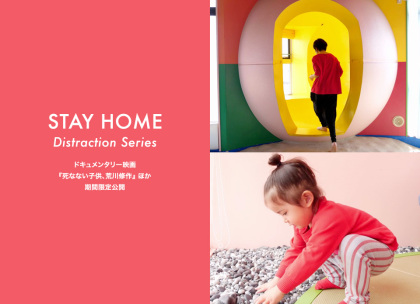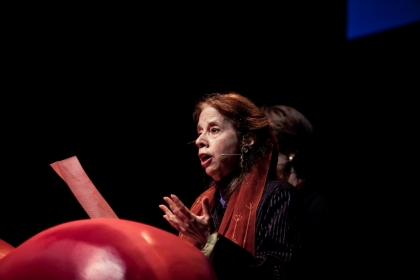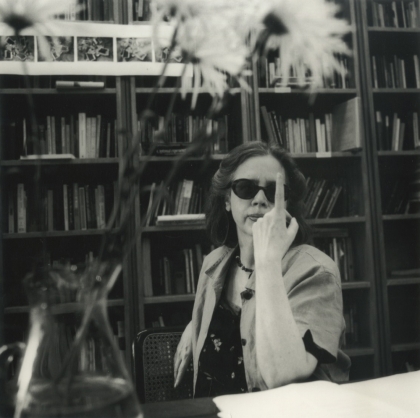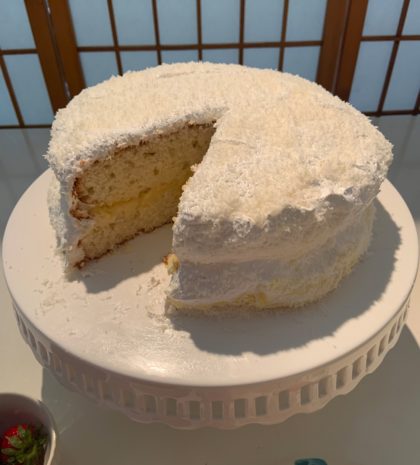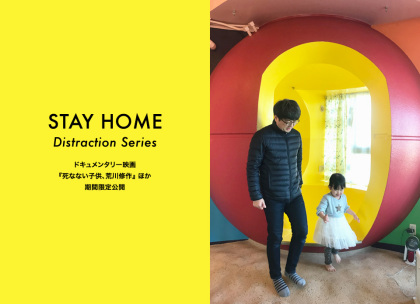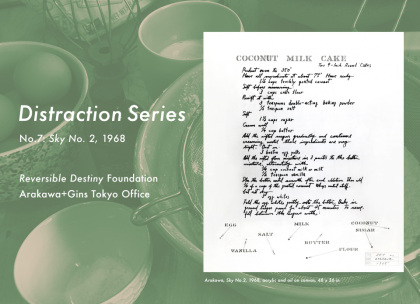
Distraction Series 7: Sky No. 2, 1968
Arakawa, Sky No.2, 1968, acrylic and oil on canvas, 48 x 36 in *CLICK HERE FOR PRINTABLE RECIPE* In 1968, Arakawa produced a number of works that took his use of stenciled and written language in a more playful direction than we saw in the paintings included in documenta 4. In canvas and print form, he reproduced recipes for lamb stew, fried pork with sweet-sour sauce, banana cake, and coconut milk cake. These recipes were, in a sense, readymades, found in one or more cookbooks that Arakawa and Madeline had on their shelf. They all follow a similar formula: Arakawa copied a page onto the surface of each work and then diagrammed the ingredients. For Distraction Series 7, we present you with our playful response to Sky No. 2, 1968, pictured above, which involved baking the Coconut Milk Cake recipe as it is written in cursive over the surface of the canvas, up until we are left hanging with this final sentence: “To serve, fill between the layers with:”. This incomplete direction seems to demand that the viewer fill the layers by filling in the blank. They may immediately look to the diagram at the bottom to see if that offers

